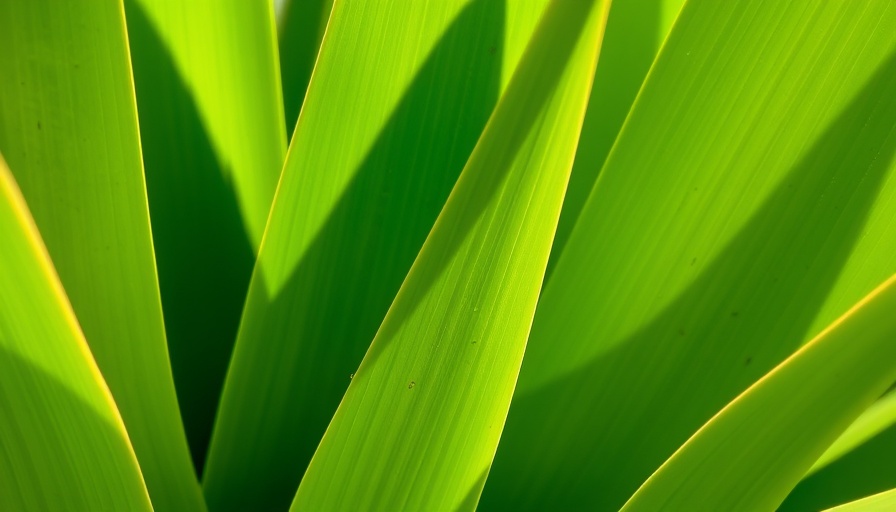
Understanding Black Spots on Yucca Plants
Seeing black spots on the vibrant green or variegated leaves of your yucca plant can be disheartening. These plants, known for their resilience, can still be susceptible to issues that affect their aesthetic appeal and overall health. The appearance of black spots serves as a warning signal, indicating environmental stress, disease, or pests. Identifying the root cause is crucial for diagnosing and restoring your yucca back to health.
Five Main Causes of Black Spots
Black spots on yucca leaves can stem from a variety of factors, with the five primary culprits being:
- Bacterial Blight: Caused by bacteria like Pseudomonas and Xanthomonas, this issue manifests as irregular dark spots on leaves, often accompanied by yellow rings. It's exacerbated by wet conditions, necessitating prompt action to remove infected leaves and improve drainage.
- Environmental Damage: This can arise from extreme weather conditions. Cold shocks can result in chilling injury, leaving dark patches post-frost, while excessive sun exposure can lead to sun scorch, evident through crispy blackened patches. It's vital to know your yucca's hardiness zone to provide proper protection.
- Fungal Leaf Spot: Fungi can cause dark, water-soaked areas that may spread rapidly if conditions remain humid. Regularly trim away affected areas and apply fungicide when necessary.
- Pests: Insect infestations, particularly from pests like spider mites and aphids, can lead to stressed leaves, creating an environment ripe for microbial infections. Inspect leaves and treat infestations promptly with organic pesticides.
- Overwatering: Compacted soil and poor drainage result in excess moisture, a driving factor behind many plant diseases. Regularly check drainage systems and adjust watering schedules based on soil moisture levels.
Preventing Black Spots: Proactive Measures
While it's important to react swiftly when black spots appear, prevention is equally crucial. Here are several strategies to ensure your yucca plant thrives:
- Monitor Watering: Yucca plants prefer dry conditions, so refrain from overwatering. Ensure your pot has adequate drainage and only water when the top inch of soil feels dry.
- Improve Air Circulation: Good airflow around your plants helps to reduce humidity levels, preventing diseases. Space yuccas sufficiently apart and check for leaves that may block airflow.
- Seasonal Care: If your yucca is outdoors, prepare for seasonal changes. Consider using protective blankets against frost and relocating plants away from harsh sun exposure.
- Regular Inspection: Examine your plants regularly for signs of pests or diseases. Early detection can save your plants from severe damage and promote healthy growth.
Embracing Effective Yucca Care
In the journey of caring for yucca plants, understanding and addressing the causes of black spots can be a transformative experience. By adopting proactive gardening tips and paying close attention to the environmental conditions surrounding your plants, you can ensure their health and vitality. Whether you are working with indoor plants or integrating yuccas into your garden's landscape, mindful attention will yield beautiful, vibrant results.
Final Thoughts: Your Gardening Journey
Caring for yucca plants is a rewarding experience filled with learning opportunities. As you identify and rectify issues like black spots, take pride in each success, transforming challenges into moments of personal growth within your garden. To support your journey, explore various gardening projects that will enhance your outdoor living space and promote sustainable gardening practices.
 Add Row
Add Row  Add
Add 




Write A Comment